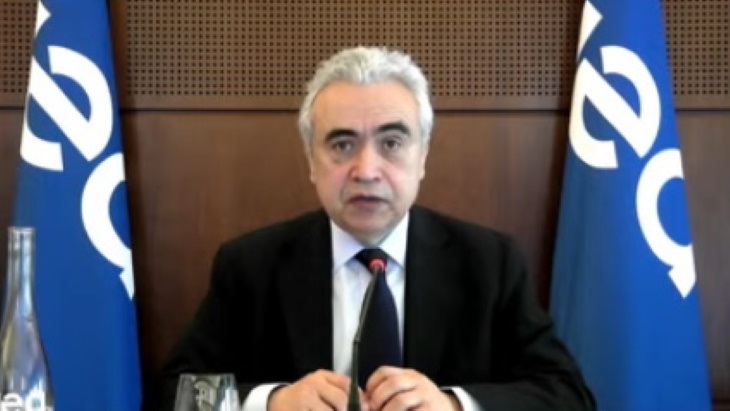"Globally, nuclear energy is the second source of clean electricity today. It provides uninterrupted electricity service without providing emissions around the world, and if you look at the OECD economies - such as Japan, the US and Europe - nuclear is the number one source of clean electricity. And it is has been so for the last three decades. So, therefore, when we think of electricity security, when we think of clean electricity to reach our climate targets, in my view nuclear should have an integral part in the countries where governments and citizens are part of the solution," Birol said.
In a joint statement yesterday, the IEA and the International Atomic Energy Agency noted that, from 2020 to 2050, global electricity demand is projected to more than double. However, in advanced economies where nuclear represents the largest source of low-carbon electricity, nuclear power is losing ground, with plants closing and limited investment in new construction at the time when the world requires more low-carbon electricity. This is despite the fact that clean energy transitions are accelerating around the world, with commitments made under the Paris Agreement and an increasing number of pledges to reach net-zero emissions around the middle of the century.
Brent Wanner, lead of World Energy Outlook Power Sector Modelling & Analysis at the IEA, told delegates at an IEA/IAEA high-level workshop webinar yesterday that China will have the world's largest nuclear power fleet within a decade, while most of the units in longstanding nuclear regions - Japan, the European Union and the USA - are facing the end of their original 40-year design lifetime. Without policy support for the long-term operation of the existing fleet, this trend is certain to continue, he said.
IEA data published this week show there has already been a rebound in global emissions following the drop in electricity demand during the pandemic. Global energy-related CO2 emissions fell by 5.8% in 2020, primarily due to the impact of the COVID-19 pandemic on travel and economic activities. However, after hitting a low in April, global emissions rebounded strongly and rose above 2019 levels in December.





_18570.jpg)
_16159.jpg)
_18938.jpg)
_33584.jpg)





